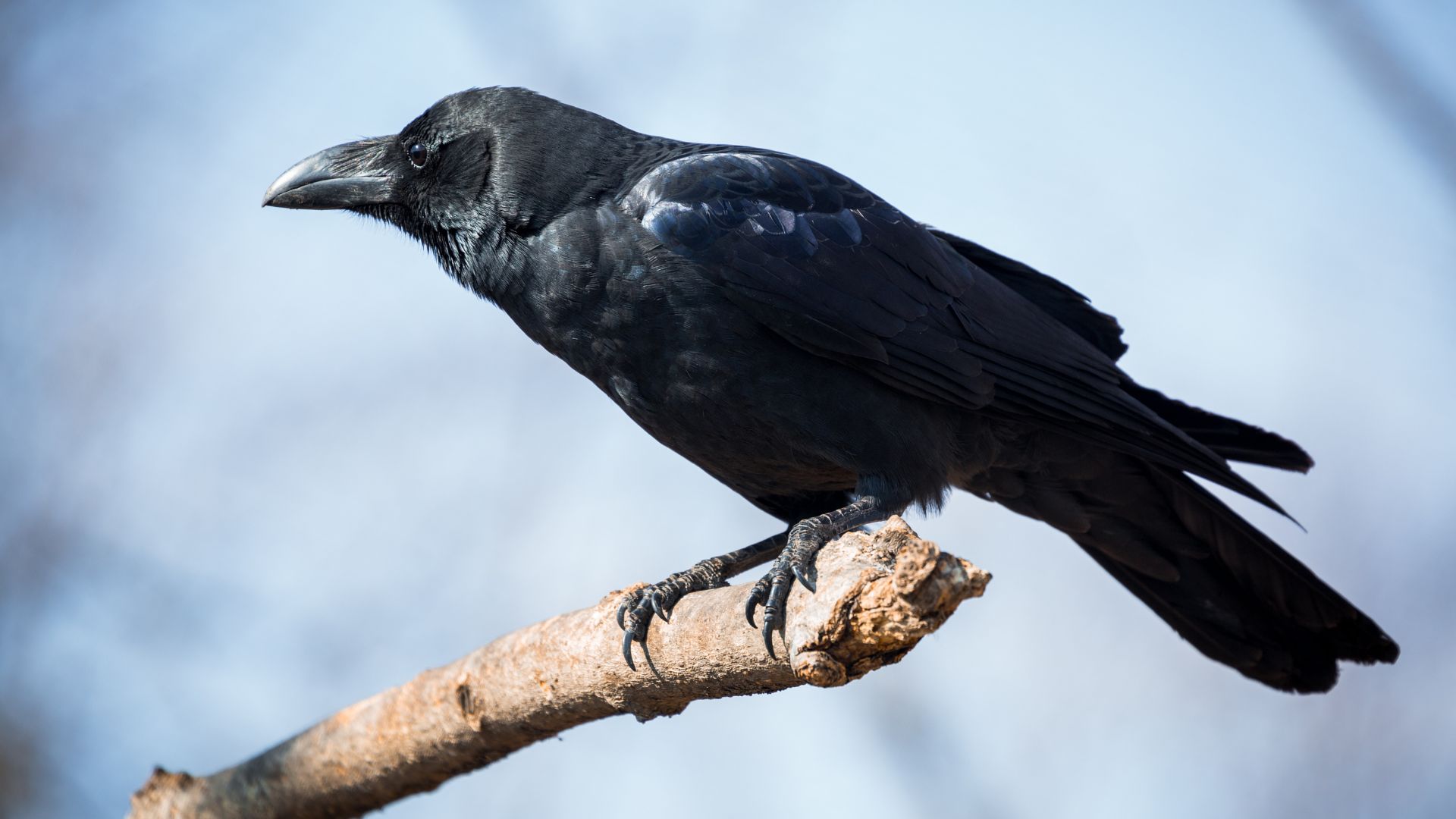Crows are some of the most fascinating and intelligent birds in the animal kingdom. Their remarkable problem-solving abilities and adaptable nature have earned them a special place in the hearts of bird enthusiasts and researchers alike. One of the most frequently asked questions about crows is, “What do they eat?” In this comprehensive 2000-word article, we’ll delve deep into the diet of crows, exploring the wide variety of food items that make up their diverse menu. We’ll also take a look at how their feeding habits change based on season and habitat and even answer some common FAQs about crows’ diets.
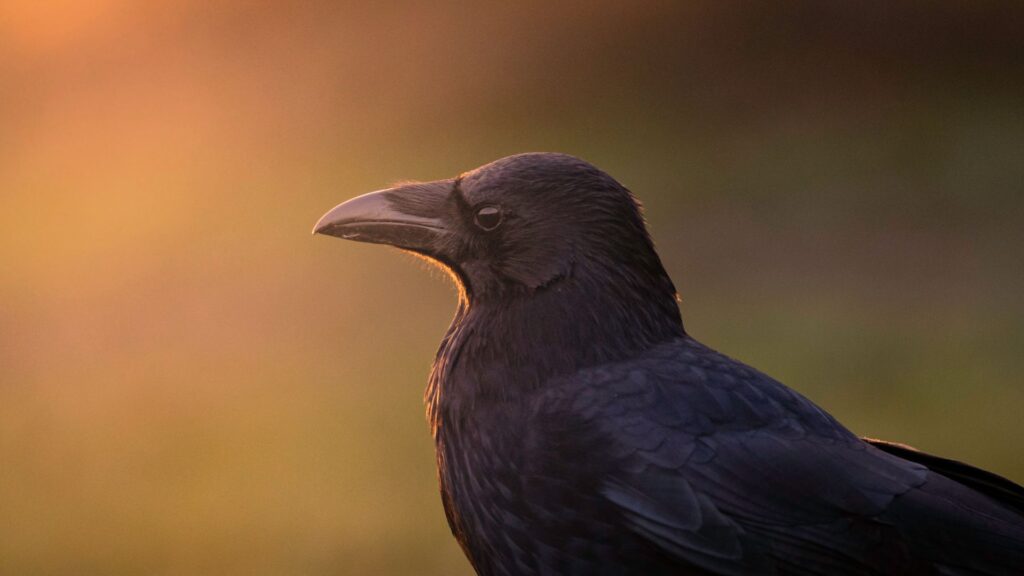
Table of Contents
- Introduction to Crows
- Omnivorous Nature of Crows
- Crows in Urban Environments
- Crows in Rural Areas
- Seasonal Diet Variations
- Crows and Human Interaction
- FAQs
Introduction to Crows
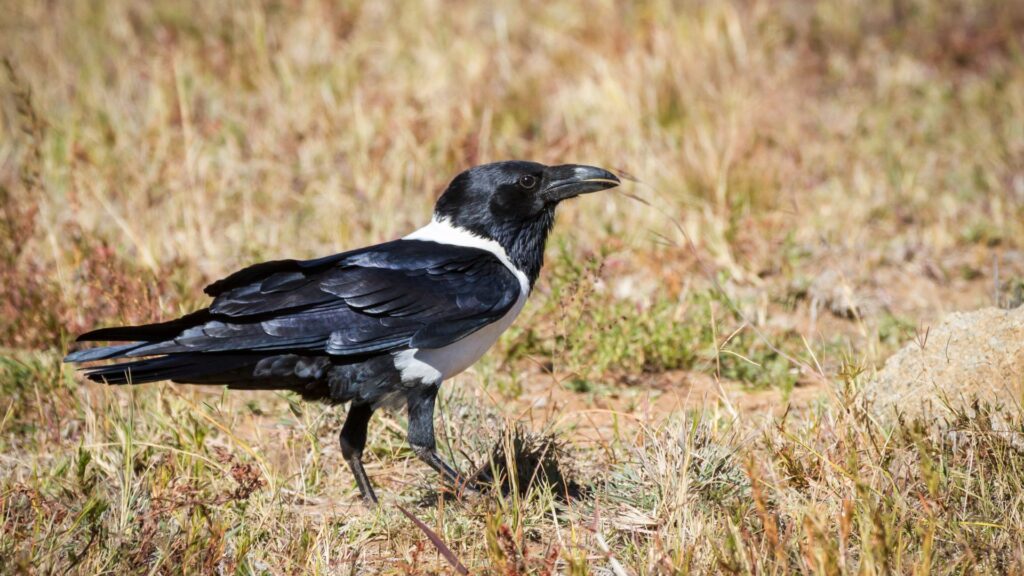
Before diving into the details of what crows eat, let’s briefly introduce these intriguing birds. Crows belong to the Corvidae family, which includes ravens, jays, and magpies. There are over 40 species of crows worldwide, but the most common and well-known species is the American crow (Corvus brachyrhynchos).
Crows are medium-sized birds, with the American crow averaging 17-21 inches in length and weighing about 11-21 ounces. They have a glossy black appearance and are known for their loud, raucous calls.
Omnivorous Nature of Crows
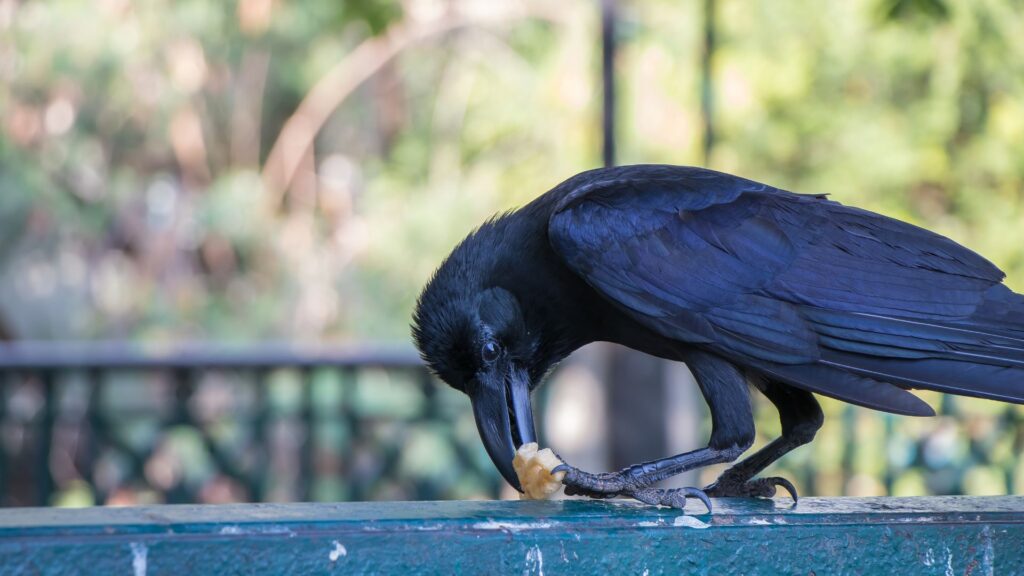
Crows are omnivores, which means they eat both plant and animal matter. This versatile diet allows them to thrive in a wide range of habitats, from rural areas to bustling cities. The following table provides an overview of the various food items that crows consume:
| Food Category | Examples |
|---|---|
| Invertebrates | Insects, spiders, earthworms, snails, and other mollusks |
| Vertebrates | Small mammals, amphibians, reptiles, and bird eggs/chicks |
| Carrion | Dead animals, roadkill, and decaying flesh |
| Fruits | Berries, cherries, and apples |
| Grains and seeds | Corn, wheat, barley, sunflower seeds, and peanuts |
| Human food waste | Leftovers, garbage, and pet food |
Crows in Urban Environments
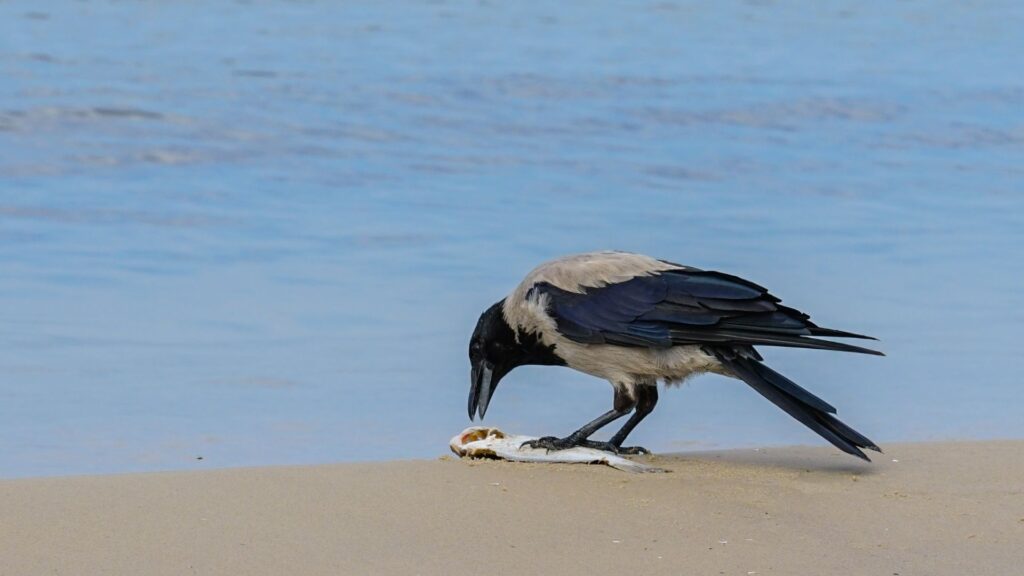
In urban areas, crows have adapted to living alongside humans, often scavenging for food in garbage cans, dumpsters, and public spaces. Some common food sources for urban crows include:
- Fast food scraps
- Pet food left outdoors
- Fallen fruit from trees
- Insects and small animals found in parks and gardens
Crows are known for their intelligence and problem-solving skills, which have helped them adapt to life in the city. They can often be seen using tools to extract food from hard-to-reach places, like using a stick to remove insects from a crevice.
Crows in Rural Areas
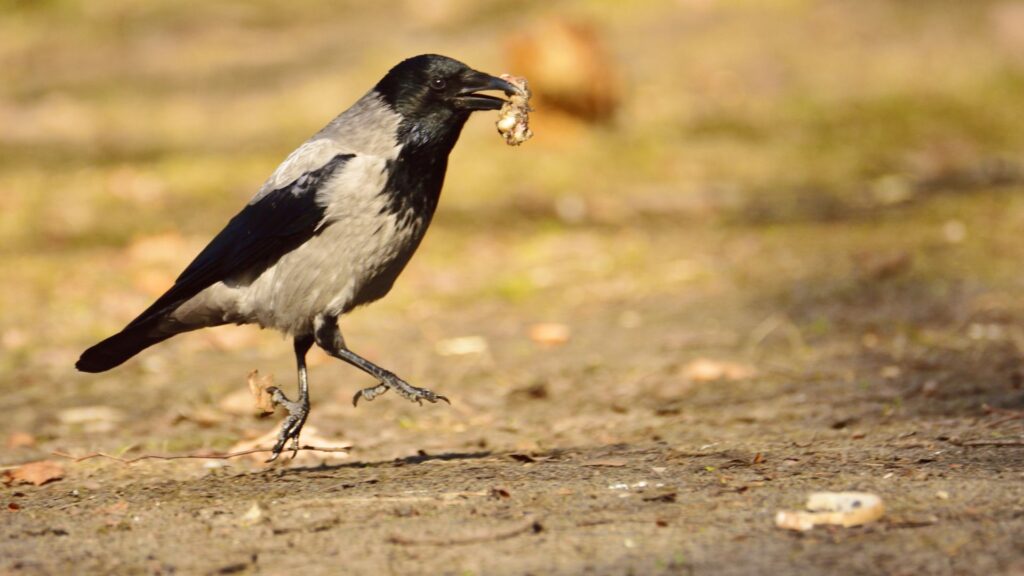
In rural environments, crows primarily feed on naturally occurring food sources. They are opportunistic feeders and will eat whatever is available, including:
- Insects, such as grasshoppers and beetles
- Small mammals, like mice and voles
- Amphibians, such as frogs and toads
- Reptiles, including lizards and small snakes
- Bird eggs and nestlings, often stealing from other birds’ nests
- Grains and seeds from agricultural fields, like corn and wheat
Crows are also known to follow farm equipment, taking advantage of the freshly unearthed insects and rodents that the machinery exposes.
Seasonal Diet Variations
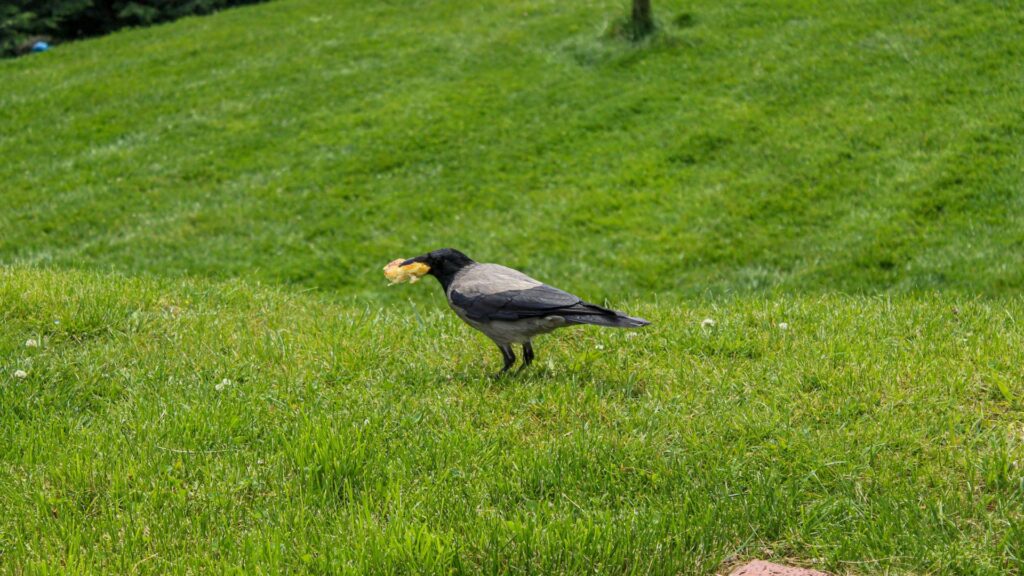
The diet of crows can vary significantly depending on the season. Here’s an overview of how their food preferences change throughout the year:
- Spring: During the breeding season, crows require more protein to support the growth and development of their offspring. As a result, they consume more insects, bird eggs, nestlings, and small mammals.
- Summer: As the weather warms, crows continue to eat insects and small vertebrates, but they also start incorporating more fruits and berries into their diet. This is the time when various fruiting plants become abundant, providing a rich source of food.
- Fall: In the fall, crows shift their focus to grains, seeds, and nuts. They can often be seen in agricultural fields, feasting on the remains of harvested crops. Acorns and other nuts are also a popular food source during this time.
- Winter: During the colder months, crows rely more heavily on carrion as other food sources become scarce. They will also continue to eat grains and seeds when available, as well as any remaining fruits on trees.
Crows and Human Interaction
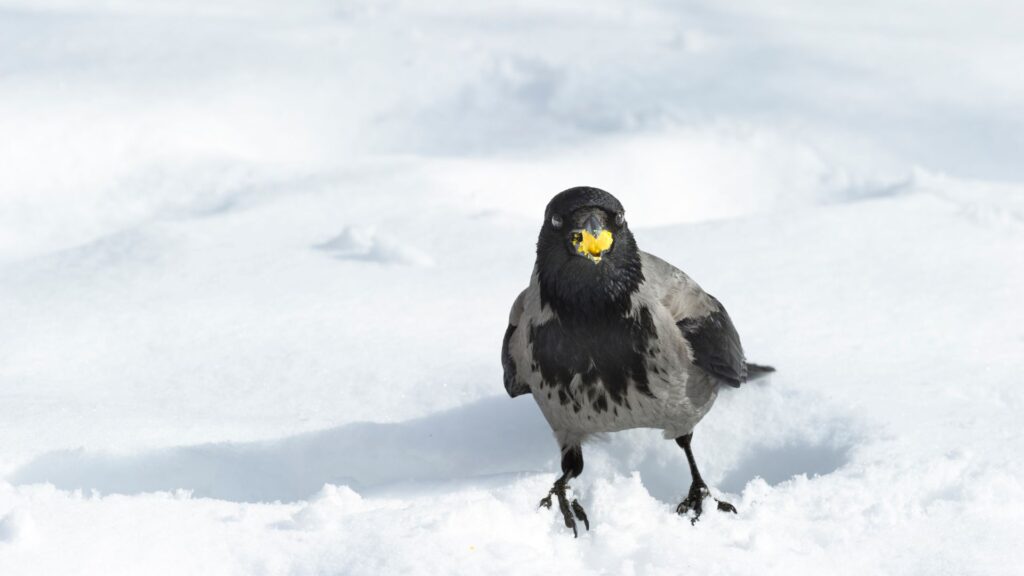
Crows are highly adaptable and have learned to take advantage of human activities to find food. In some cases, they have even been known to work together with humans, as demonstrated by the famous “CrowBox” experiment, where crows were trained to deposit coins in exchange for food.
While some people enjoy watching and feeding crows, it’s essential to be aware of the potential problems that can arise from feeding wildlife. Feeding crows can lead to:
- Overpopulation, as a consistent food source, allows for higher survival rates
- Dependency on human-provided food, reducing their natural foraging behaviors
- Aggressive behavior towards humans and other animals in pursuit of food
- Spread of disease, as large gatherings of birds can increase the transmission of pathogens
If you choose to feed crows, it’s best to do so sparingly and to provide natural food items, such as unsalted peanuts in the shell or small pieces of fruit.

FAQs
Q: Are crows carnivorous or herbivorous? A: Crows are omnivorous, which means they eat both plant and animal matter. Their diet includes a wide variety of food items, from insects and small mammals to fruits and grains.
Q: Do crows eat other birds? A: Crows have been known to eat the eggs and nestlings of other bird species. They are opportunistic feeders and will consume what is available to them, which can sometimes include other birds.
Q: Can crows eat human food? A: While crows can and do eat human food, especially in urban areas, it is not recommended to intentionally feed them human food, as it can lead to dependency and health issues for the birds.
Q: Are crows a threat to agricultural crops? A: Crows can sometimes cause damage to agricultural crops, particularly corn and other grains. However, they can also be beneficial by eating pest insects and rodents that may damage crops.
Q: Can crows eat nuts and seeds? A: Yes, crows can eat nuts and seeds, such as acorns, sunflower seeds, and peanuts. These food items provide essential nutrients, particularly during the fall and winter months when other food sources may be scarce.
Q: What should I feed crows if I want to feed them? A: If you choose to feed crows, it’s best to provide natural food items that align with their typical diet. Unsweetened, unsalted peanuts in the shell or small pieces of fruit are good options. However, it’s important to feed them sparingly to avoid creating dependency and disrupting their natural foraging behaviors.
Q: Do crows eat garbage? A: Crows are opportunistic feeders and have been known to scavenge garbage for food, particularly in urban areas where natural food sources may be limited. They will eat discarded food scraps, leftovers, and other edible items they find in the trash.
Q: Are crows harmful to the environment? A: Crows are a natural part of the ecosystem, and their presence can have both positive and negative impacts. They can help control pest populations, such as insects and rodents, but can also cause damage to crops and prey on the eggs and nestlings of other bird species. As with any species, maintaining a balance is crucial to preserving the health of the ecosystem.
In conclusion, crows have a diverse and adaptable diet that allows them to thrive in various habitats. From rural areas to bustling cities, these intelligent birds have demonstrated their ability to find food in the most challenging environments. By understanding their dietary habits and the factors that influence their food choices, we can better appreciate these fascinating creatures and the vital role they play in the ecosystems they inhabit.
If you’re fascinated by mysteries in nature, you’ll love our article on the Hessdalen Lights, a captivating phenomenon in the Norwegian skies.

